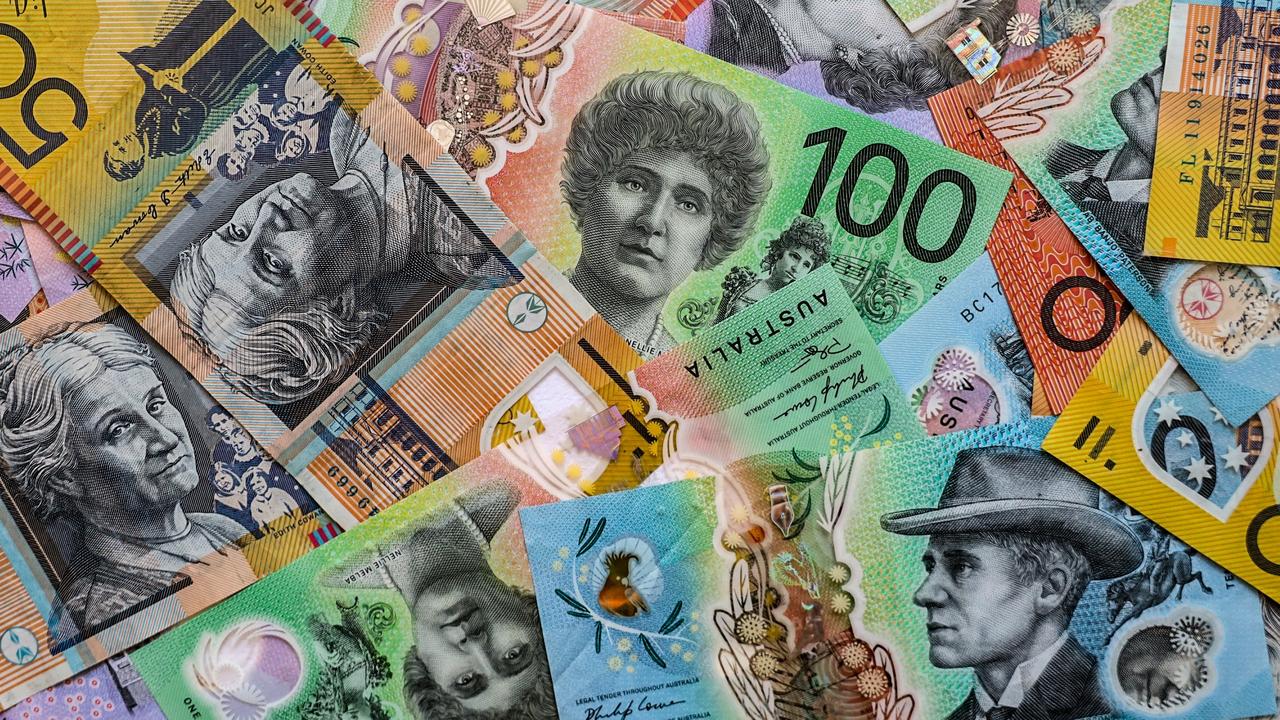Credit squeeze, rates outlook hit banks
A FUNDING squeeze and an unfavourable interest rate outlook are behind the repricing underway in the domestic banking sector.
Credit squeeze, rates outlook hit banks
THE funding squeeze faced by Australia's retail banks and an unfavourable interest rate outlook are behind the repricing underway in the domestic banking sector.
The share price ride for the big five this week has been turbulent, with hugs dips - and then one day of upside based simply on sentiment towards the sector.
Many good judges suggest that the market won't regain its health while the volatility in the banking sector remains evident.
So far there appears little to prompt a sustained recovery. The size of banking sector sell-off that occurred this week was startling. St George, the fifth-biggest bank, led the field down as it lost 8.8 per cent, the NAB fell 8 per cent, CBA 7.4 per cent and ANZ 6.6 per cent. Westpac's 3.2 per cent loss was relatively conservative compared to its peers.
The nervousness of the market was highlighted in the billion-dollar profit result from the Commonwealth Bank this week.
The figure was marginally below the market's expectation but still particularly healthy. However, it was not enough to stop the CBA getting belted by 6 per cent in one day and its junior rival, St George, being punished by 7 per cent.
The short-term future of the banking sector is now being analysed with the credit market woes and higher interest rates casting a dark, threatening shadow. The attractive dividend yields and profits that reach into the billions are not enough for investors at the moment.
The admission by CBA that the credit crunch had clipped $100 million from its bottom line and the fact that the cost of wholesale money is still at a 13-year high has spooked investors.
The remaining majors report in April and May.
Swiss investment bank UBS has downgraded the Australian banking outlook for next calendar year. It predicts that earnings growth will fall by 4 per cent to 8 per cent, as the impact from bad debts starts to bite.
"Australian banks have benefited from a particularly benign bad debts cycle for more than a decade, given a strong economy and falling unemployment,'' UBS analyst Jeff Emmanuel said.
But "we believe there is downside risk from rising bad debts. There is greater risk from corporate defaults than than in recent years''.
The Commonwealth Bank has the greatest exposure of the top five banks, with $1.7 billion worth of debts that could go wrong.
It has $160 million unsecured and $1.04 billion secured in Centro, $300 million in Countrywide Financial, and $200 million in Allco Finance.
The risky lending, particularly to Countrywide as it appeared close to collapse last month, prompted questions as to why the retail banks would be involved in those types of deals.
While UBS is negative about the banks, the experts at Goldman Sachs have taken the opposite view.
Goldman banking analyst James Freeman said that while the bad debts were a risk, growth from other areas of the business could cover the potential shortfall.
"We believe that the read-through from the CBA result was positive for the underlying performance of the other banks' businesses,'' he said.
"Single-name exposures for bad debts remain the wild card.''
Future movements of the Reserve Bank's interest rates are lurking at the centre of the current uncertainty. The employment numbers this week, which pushed the jobless rate south to 4.1 per cent, sealed the case that the central bank will take the cash rate to 7.25 per cent next month.
The question now is whether that will be enough to harness inflation, particularly at a time when the RBA's target to slow down economic growth looks ambitious.
The RBA has forecast non-farm GDP will come down from the current 4.5 per cent pace to 2.75 per cent this year in the hope that the downward growth will take the pressure off inflation.
The financial markets have the likelihood of a March move at almost prohibitive odds - the 85 per cent prospect is a near certainty in market pricing.
There is a growing belief that one rate rise won't be enough and an unprecedented rate hike "trifecta'' could be on the cards: February, March and even April.
Analysts believe each rise in official interest rates shaves about 15 basis points off the profit of the majors, and the wholesale short-term money markets are at an historical high that adds to the banks' overall cost base.
The blue-chip banks that comprise the bulk of many investors' portfolios are shining much less brightly.



